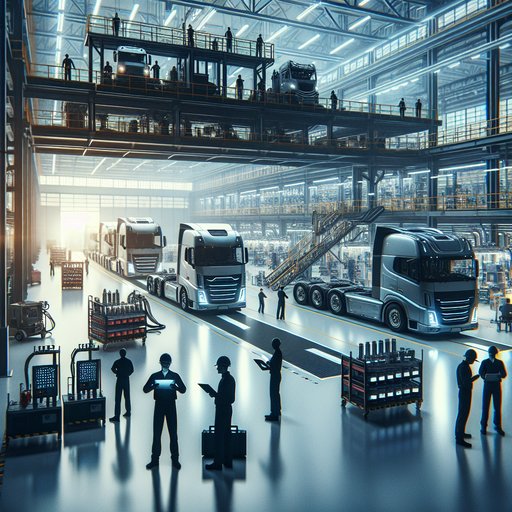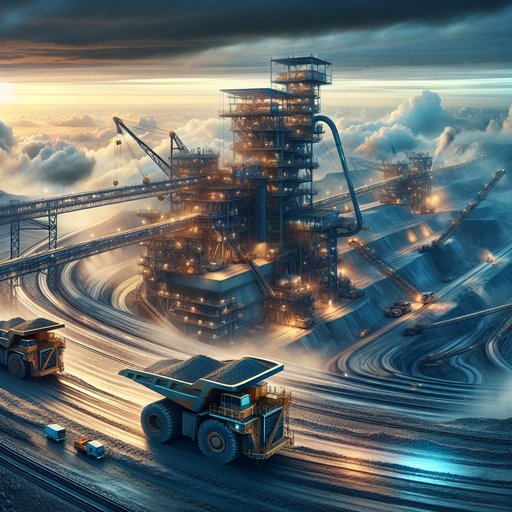
The Dakar Rally’s truck class delivered a compelling one-two punch across its last two editions, with Czech driver Martin Macík Jr. sealing his first overall victory in January 2024 and Team De Rooy’s Janus van Kasteren having taken the crown in 2023. The big rigs battled across Saudi Arabia’s dunes and rocky plateaus, where stage management, navigation discipline, and tire strategy outweighed outright pace. With Kamaz absent, Iveco Powerstars and Czech-built Tatras and Pragas drove the narrative, while evolving regulations kept competition tight and safety systems prominent.

Major truck manufacturers spent the past year turning blueprints into concrete progress on the factory floor, with plants in Europe and North America retooled for cleaner drivetrains and more efficient long-haul models. In 2024, new CO2 rules in the EU and tougher U.S. emissions standards sharpened timelines, pushing serial production of battery-electric heavies while safeguarding diesel productivity for core routes. The result is a wave of line conversions, supplier localization, and battery investments designed to shorten lead times and stabilize costs. From Wörth and Munich to Ghent, Ulm, Eindhoven, and Virginia, the upgrades aim to move pilots into volume and give fleets clearer delivery dates, warranty support, and charging or hydrogen service plans.

From grocery staples to factory parts, heavy cargo trucks are the keystone that turns global trade into daily deliveries. This week, fleets enter the annual Q4 ramp-up with extra night runs, high-capacity trailers, and precision dispatching to keep shelves stocked. Behind the scenes, telematics, predictive maintenance, and digital documents are shaving minutes at docks and hours at borders, turning reliability into a competitive advantage. With new energy infrastructure coming online and regulators digitizing paperwork, big rigs are moving more freight with fewer delays—often unnoticed, until something isn’t there.

Ultra-heavy dump trucks—rigid haulers with payloads from 200 to 450 tonnes—are reshaping how miners and mega construction teams move earth at scale. In the past few months, operators have expanded autonomous fleets, rolled out trolley-assist on longer ramps, and trialed battery- and hydrogen-hybrid prototypes, all aimed at cutting fuel use and cycle times without sacrificing uptime. These trucks are central to open-pit mines and to massive cut-and-fill programs for dams, ports, and industrial complexes where millions of cubic meters must be shifted on tight schedules. With supply chains improving and parts availability stabilizing this quarter, fleets are reporting steadier utilization and fewer weather-related delays, helping projects hit production targets while lowering cost per tonne.








